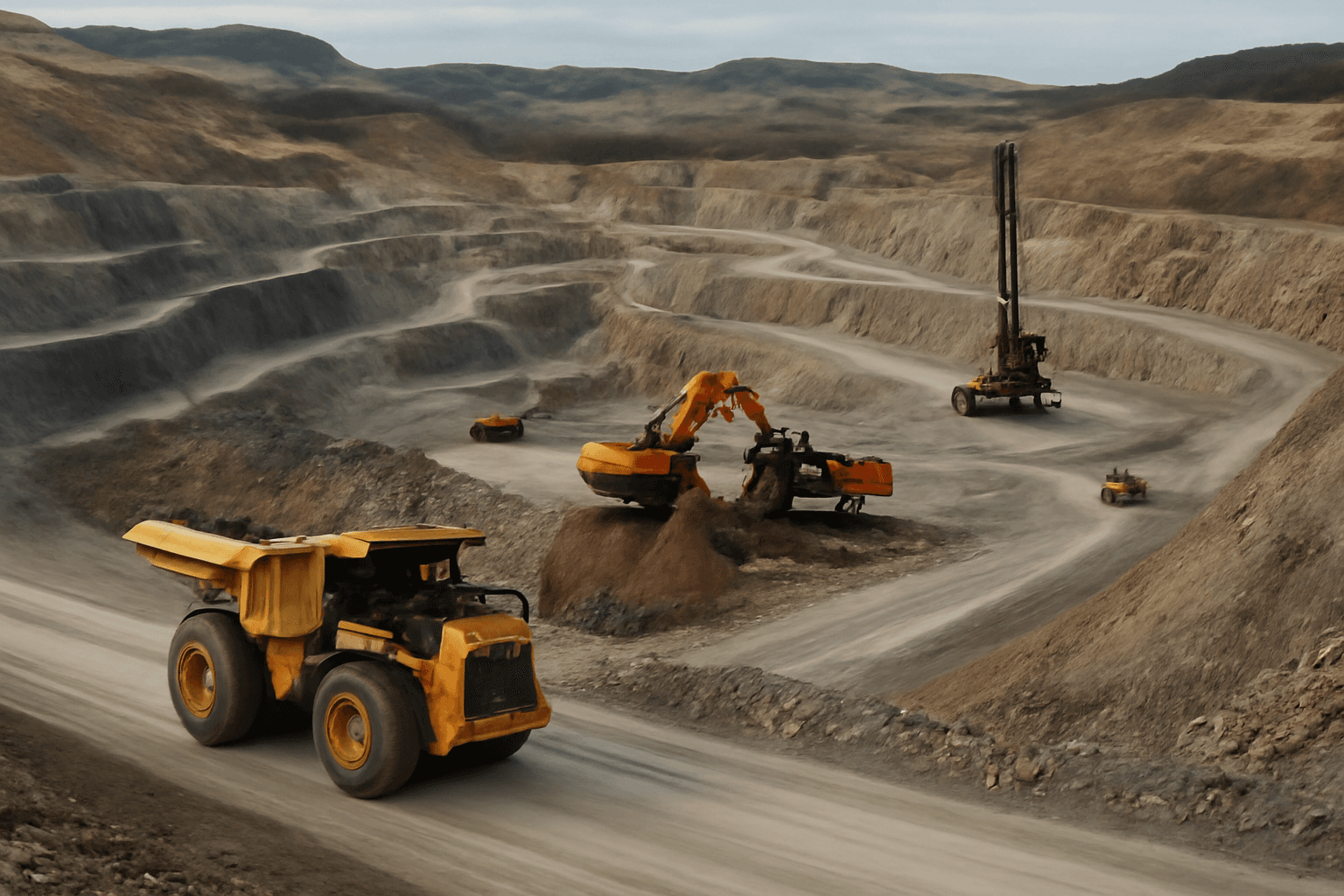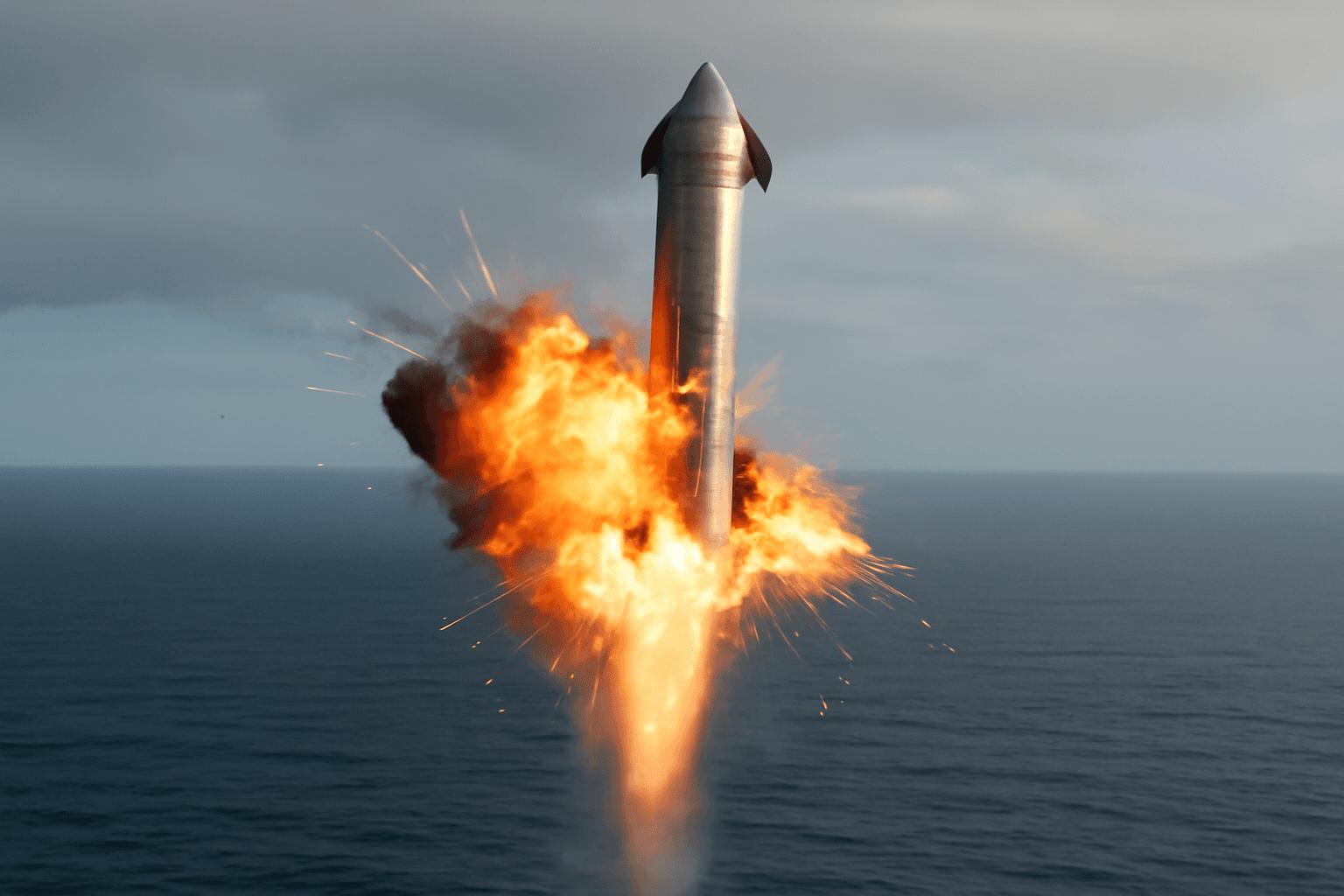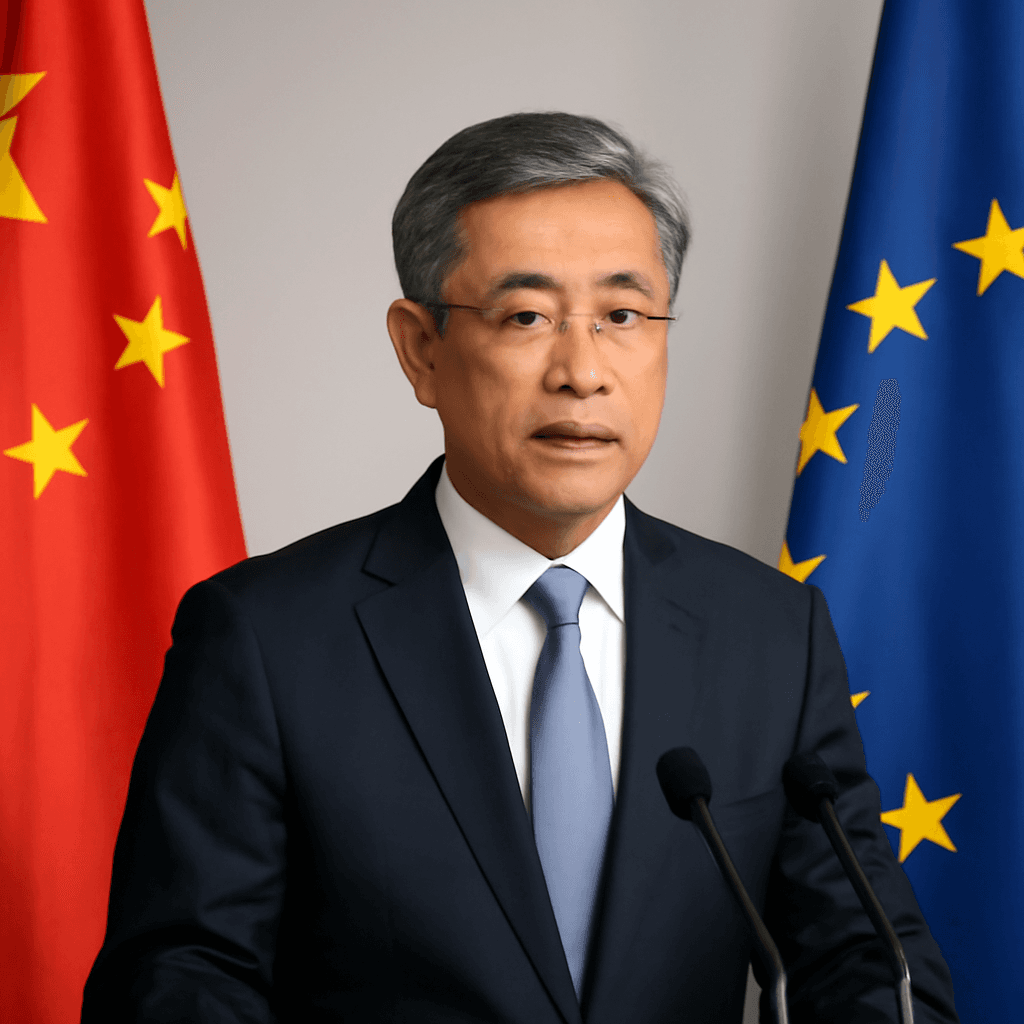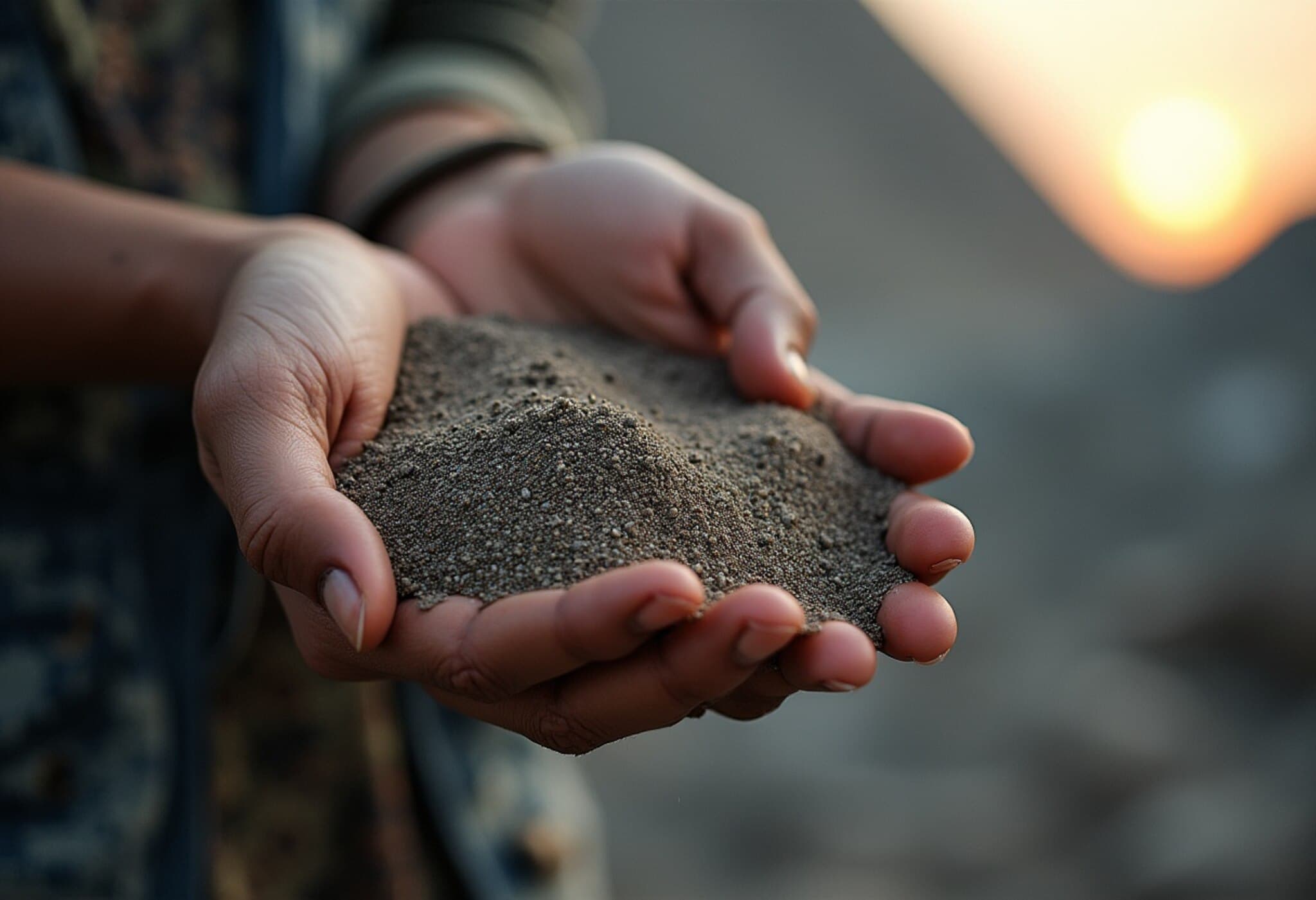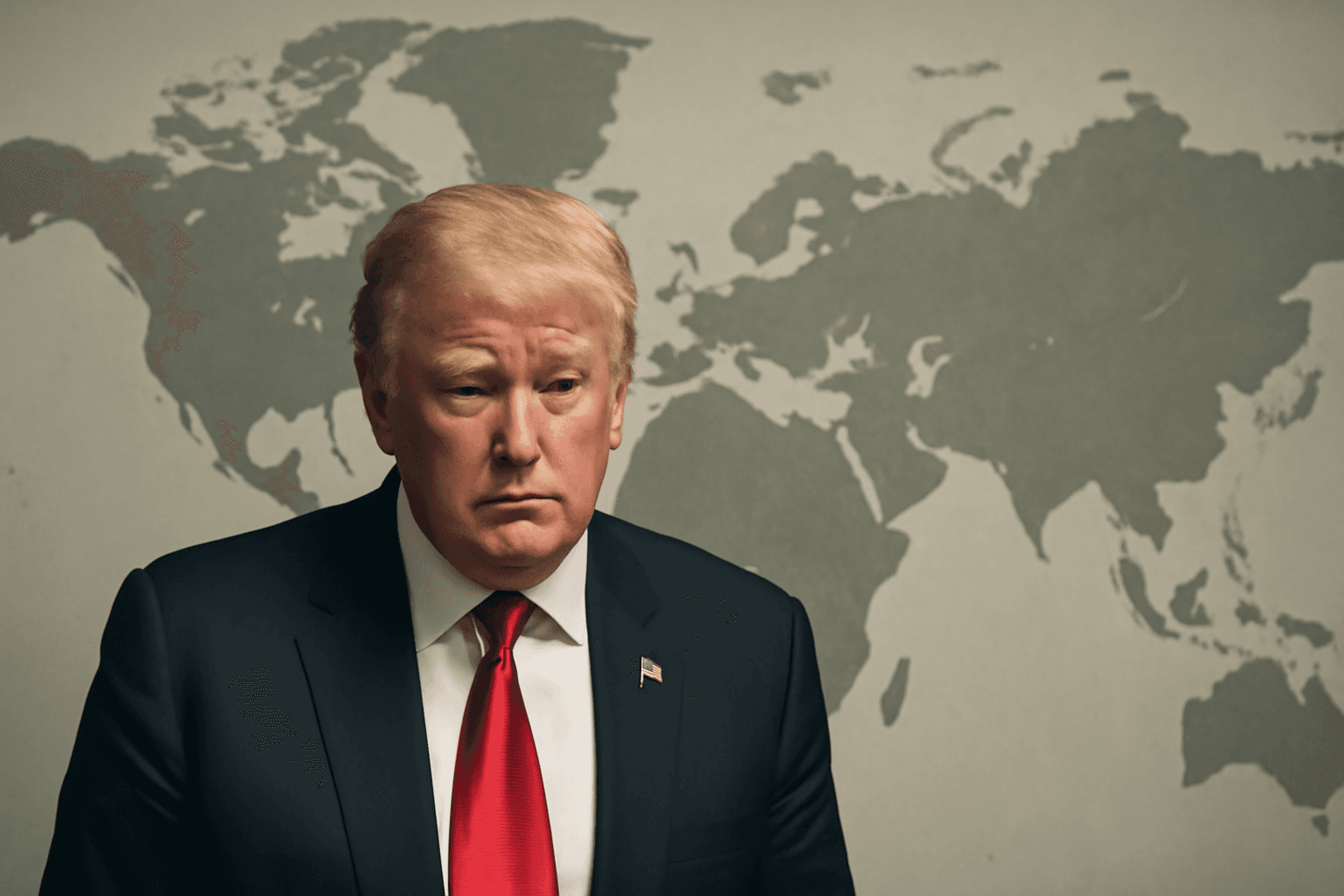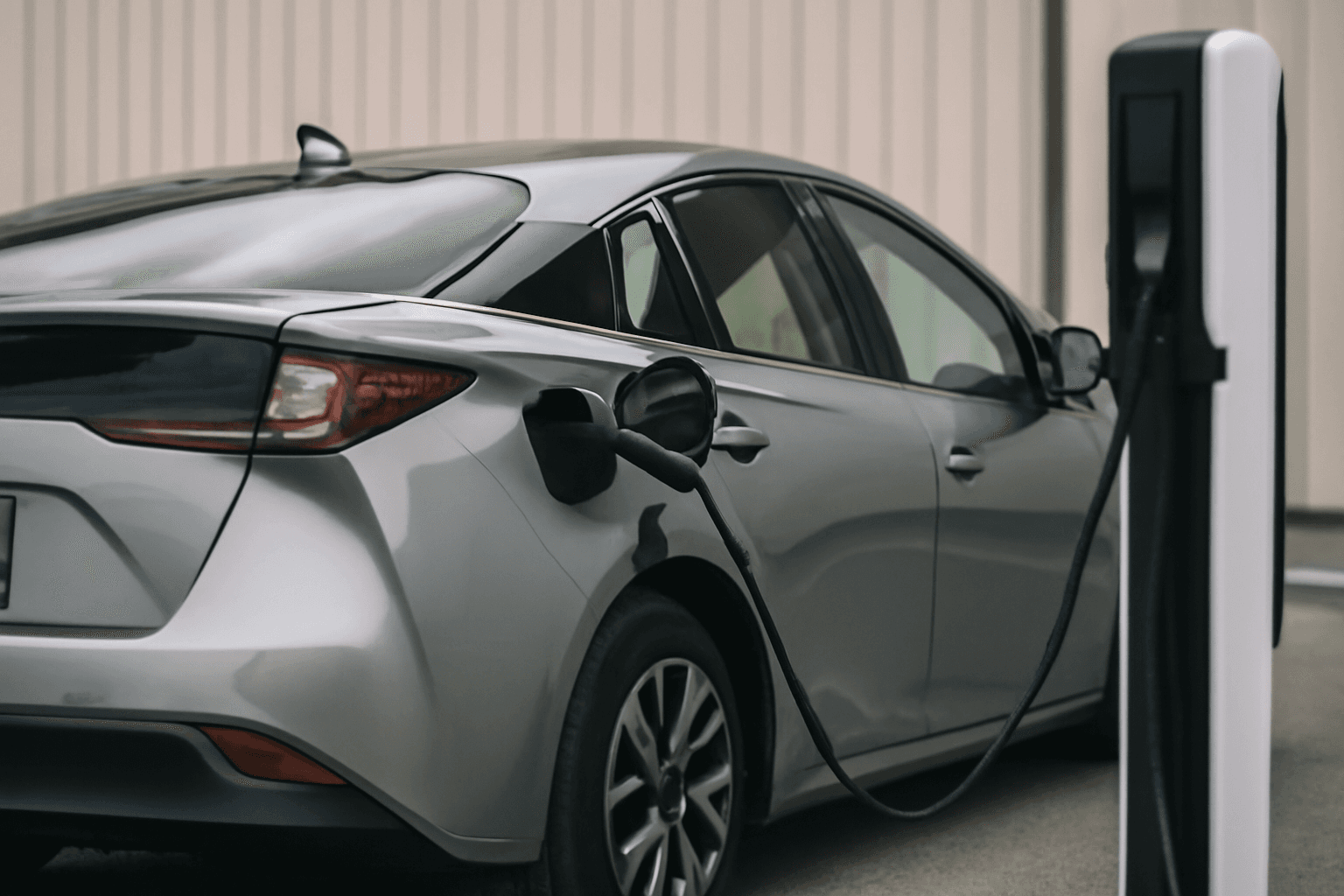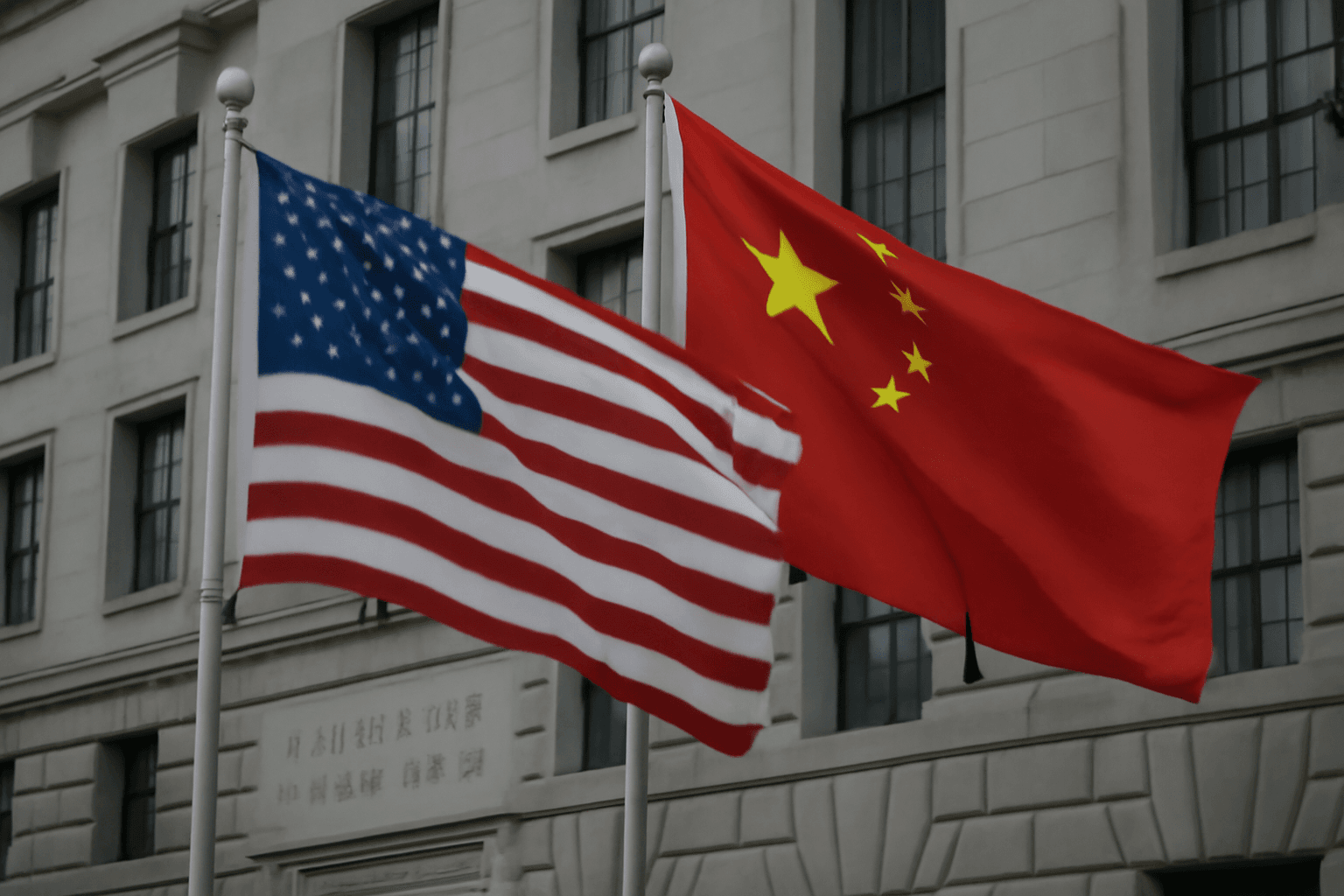China continues to dominate the global rare earth minerals market, controlling 69% of rare earth mine production in 2024 and nearly half of worldwide reserves. These minerals are indispensable for modern technologies, especially electric vehicles (EVs) and defense applications, creating an urgent need for the West to reduce its reliance on Chinese supplies.
Rare earth elements such as neodymium, praseodymium, dysprosium, and terbium are essential components in permanent magnets used in EV motors. According to consultancy AlixPartners, a typical single-motor battery electric vehicle contains approximately 550 grams of rare earth elements, significantly more than the 140 grams found in gasoline-powered cars.
In response to China's increasing supply restrictions—highlighted by export controls imposed in April 2025 targeting several rare earths—the United States and other Western countries are investing in domestic extraction and recycling initiatives. For example, the U.S. Department of Defense recently funded a startup focused on reclaiming rare earth oxides from discarded fluorescent bulbs, while corporations like Toyota are developing technologies to recover and reuse these critical elements.
Despite these efforts, alternatives to Chinese rare earths remain limited. Establishing new mines and processing facilities outside China is a long, complex process requiring significant time and expertise. Currently, China controls over 90% of the refined supply of key magnet rare earth elements.
Analysts predict that as the first generation of EVs reaches the end of its lifecycle, recycling could gradually provide a Western-controlled supply of rare earth materials. However, the overall pace of EV adoption varies regionally; while over half of passenger cars sold in China are battery electric or hybrid-powered, the United States still predominantly sells gasoline-powered vehicles, which affects the demand for rare earths.
Beyond the automotive sector, rare earths and other critical minerals like tungsten and chromium are vital for defense technologies. China has expanded export restrictions recently to include several of these minerals integral to military applications, further increasing geopolitical risks for Western industries.
Widespread recycling remains challenging due to the energy-intensive processes involved and the limited quantity of recoverable materials from existing stocks. Moreover, tungsten, an important mineral in weapons and industrial tools, is predominantly produced in China, with the U.S. importing nearly 27% of its tungsten supply from China. Efforts to diversify sources, such as reopening tungsten mines in South Korea, seek to mitigate this dependency but fall short of fully satisfying demand in sectors including automotive, aerospace, and medicine.
In conclusion, while recycling and alternative sourcing initiatives are underway in the West to counter China’s dominance in rare earth and critical minerals, significant challenges persist. The transition to a more secure, diversified supply chain will require sustained investment, innovation, and time.

